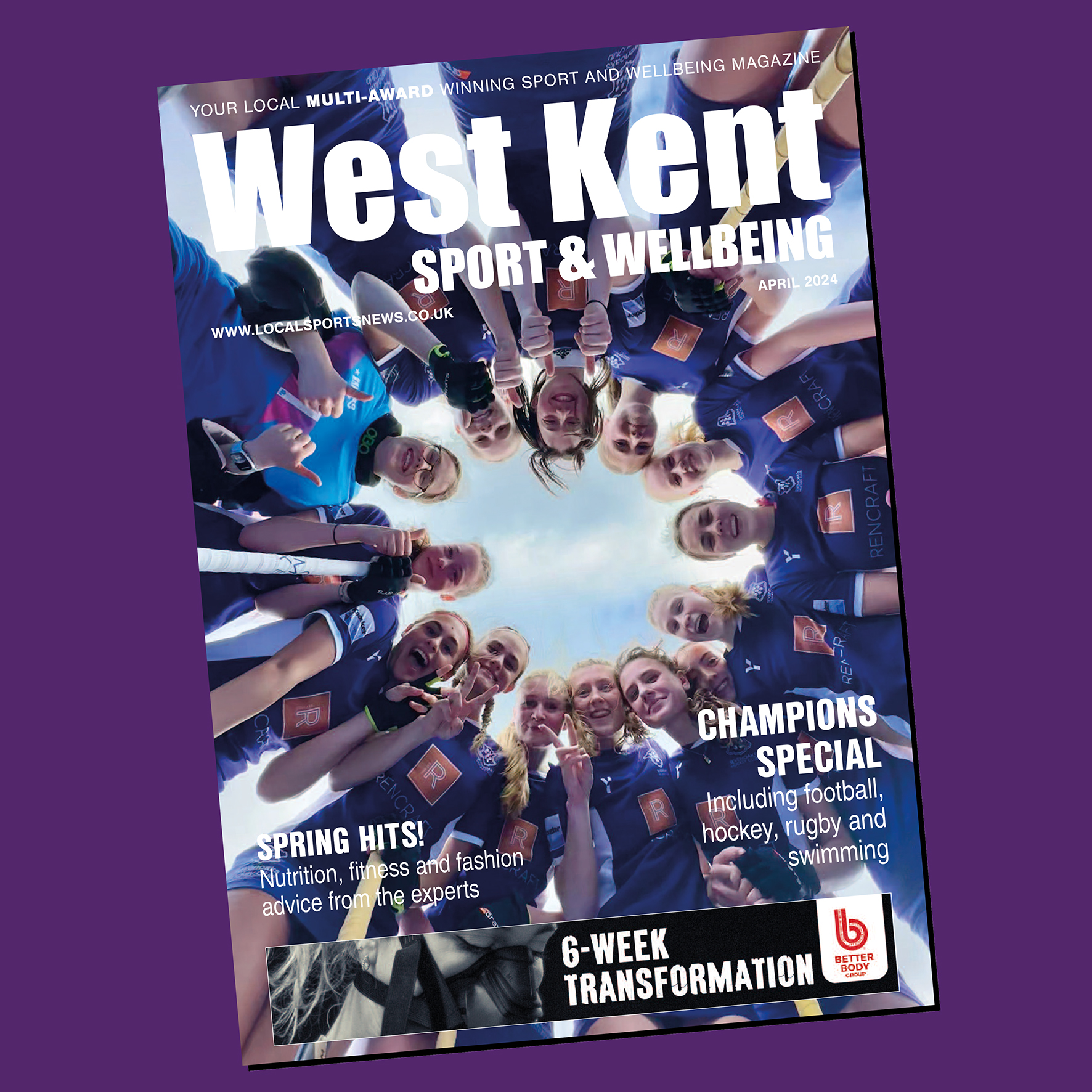We all know that sugar is bad for us and does us no favours in our quest to being healthy. However it’s not just sugar in tea and coffee or fizzy drinks that is affecting our blood sugar levels.
White bread, pasta, cakes, biscuits and fruit juice all convert to sugar within a few minutes of being eaten. Now you might think this is not a problem and you exercise loads so you’ll burn it off right?
Unfortunately it’s not as easy as this. If you suffer from mood swings or find yourself becoming ‘hangry’, have low energy or weight that gathers around your belly then you might feel much better by cutting back on the sugar and white refined carbohydrates.
The difficulty with sugar is that it is really hard to eat in moderation.
We are biologically programmed to hunt it out. Sometimes just the smallest amount can mean we crave it more and more. Food manufacturers are savvy to this and so sugar is hidden in many processed foods.
So we’ll buy it again and again. This means that you need to be really careful when reading food labels.
What happens when you eat sugar
When you eat sugar it sends your blood sugar high – and gives you an energy hit. This might feel great at the time – but what goes up must come down – and often with a bang! This can easily turn into a blood sugar roller coaster throughout the day.
The results of this are mood swings, feeling agitated, difficulty focusing, low energy levels and intense sugar or carbohydrate cravings.
How can you prevent this roller coaster?
By addressing this blood sugar roller coaster you should increase your energy, have less mood swings and you might even lose that extra belly fat. Use these tips below to help:
• Reduce or limit simple refined carbohydrates such as white flour, white rice, pasta, bread, bagels, low fat dairy and fruit juice.
• Choose complex carbohydrates, they are digested slower due to their fibre or fat content – brown rice, vegetables, fruit, legumes, nuts, seeds and full-fat dairy.
• Include more healthy fat in your diet. Make sure you are eating extra virgin olive oil, avocados, olives, nuts and seeds. The low fat days are behind us!
• Make sure you are eating adequate good-quality protein – chicken, grass fed meat, eggs, lentils and beans.
• Eliminate or reduce sugars such as cookies, fizzy drink, chocolate bars, pastries, ice cream and ketchup. Also be aware of hidden sugars in processed food. Sugar is labelled in many different forms on food labels.
Ones to look out for include fructose, barley malt, dextrose, malt syrup, maltodextrin, glucose, maltose, rice syrup and high fructose corn syrup.
Often several different types are included in one product and this is not an exhaustive list of the different names sugar goes under.
• Limit intake of fruit juice. Eat the whole fruit. The fibre from the whole fruit will help to slow the pace at which the sugar enters your blood stream.
Also if you eat the fruit with some fat or protein this will help further. So if you want an apple or banana consume with a spoonful of nut butter.
• Making your own snacks or healthy treats will help you to reduce the sugar in your diet and you will know exactly what you are eating.
Most of the snacks we make and that are on our website contain a good mixture of fat and protein alongside any fruit or carbohydrates that we use. This will help to stop the sugar rollercoaster ride.
Katharine Bright is a Registered Nutritionist with a clinic in Sevenoaks. To book an appointment call her on 07769 636352 or email kat@thehealthboost.co.uk. She is co-founder of The Health Boost (www.thehealthboost.co.uk) – a website dedicated to providing a family friendly solution to healthy eating. For day-to-day healthy inspiration and new recipes follow them on Facebook and Instagram.






